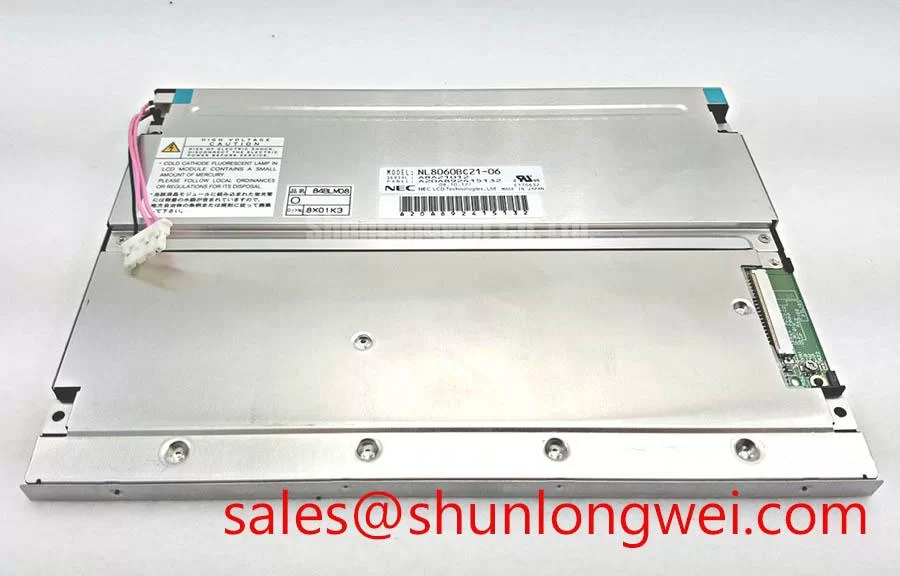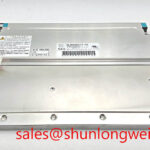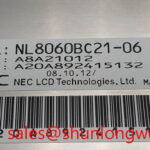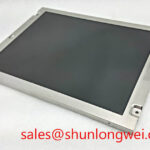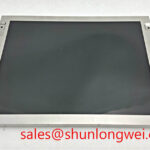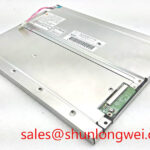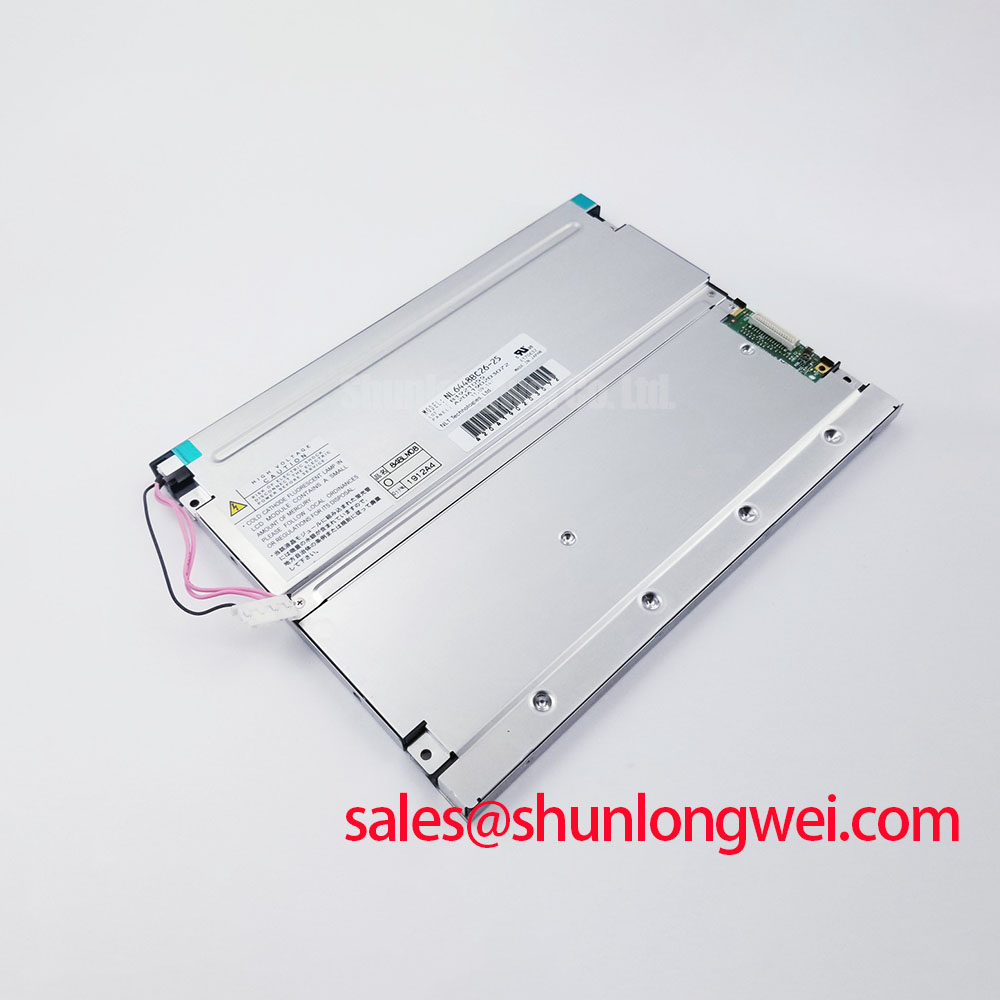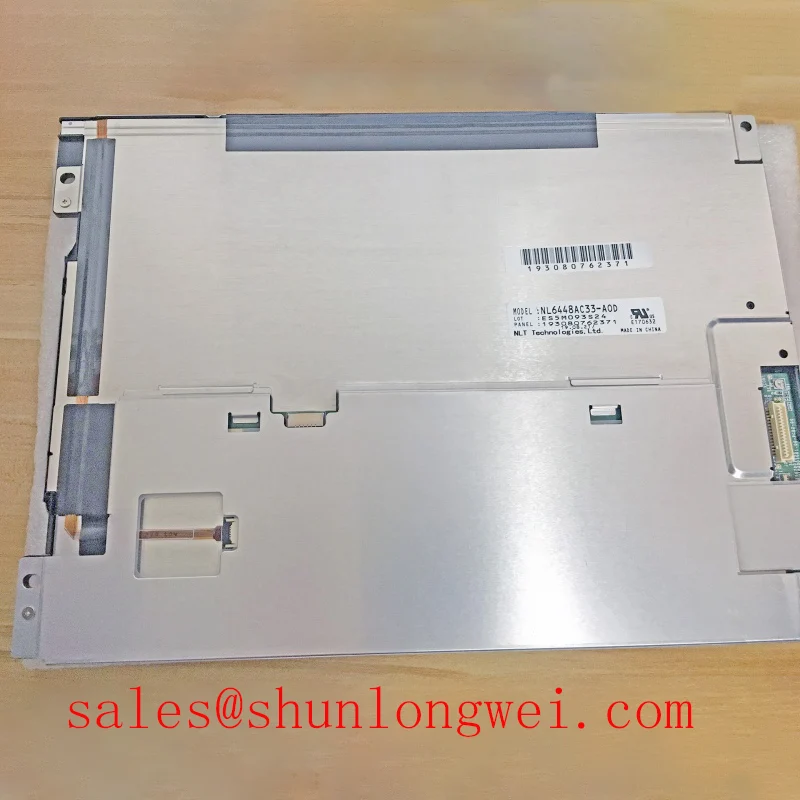Content last revised on November 14, 2025
NL8060BC21-06: 8.4" SVGA Display for Industrial Reliability
Product Overview
The NEC NL8060BC21-06 is an 8.4-inch SVGA TFT-LCD module engineered for operational longevity and consistent performance in demanding industrial environments. It delivers a stable visual interface through a combination of robust specifications and design considerations focused on total cost of ownership. For systems requiring long-term serviceability, its wide operating temperature and replaceable backlight provide a distinct advantage over displays that require complete replacement. This design directly addresses the need for durable, maintainable assets in factory automation and control systems.
Top Specs: 800x600 SVGA | 400 cd/m² Brightness | -10°C to +70°C Operating Temp
Key Benefits:
- Enhanced long-term reliability
- Clear readability in industrial lighting
Comparative Data for Informed Decisions
Evaluating a display requires analyzing its specifications in the context of specific system requirements. The NL8060BC21-06 is designed for a balance of resolution, brightness, and environmental resilience. When compared with other displays, its key differentiators become apparent. For instance, while some panels may offer higher resolution, they might not provide the same operating temperature range or the critical feature of a replaceable backlight unit. This data is presented to support your component evaluation process, ensuring the selected display aligns with your project's lifecycle and environmental demands.
For applications needing a different feature set, such as a higher resolution in a similar form factor, the NL10276BC24-21F presents an alternative set of specifications for consideration.
Application Scenarios: Where Reliability is Paramount
The NL8060BC21-06 is optimized for applications where uptime and consistent performance are primary design drivers. Its feature set makes it a suitable candidate for a range of industrial and commercial equipment that operates outside of pristine office environments. The anti-glare surface, coupled with a 400-nit brightness, ensures data is legible for operators under challenging factory or field lighting conditions. For industrial HMIs requiring SVGA resolution and long-term serviceability, the NL8060BC21-06's replaceable backlight makes it a cost-effective choice over fully sealed units.
-
- Industrial HMI Panels: Provides a clear, durable operator interface for CNC machines, process control systems, and factory automation equipment.
- Test and Measurement Equipment: Delivers reliable data visualization in portable or benchtop devices used in engineering labs and field service.
* Medical Instrumentation: Offers a stable display for diagnostic and monitoring equipment where consistent image quality is essential.
- Transportation Systems: Suitable for in-cabin displays in logistics vehicles or public transit, where it must withstand temperature fluctuations and ambient light.
Engineering for Endurance: A Technical Analysis
The design philosophy of the NL8060BC21-06 centers on sustained performance. Its wide operating temperature range of -10°C to +70°C is a direct result of component selection and thermal design, allowing for deployment in non-climate-controlled areas like warehouses or enclosed outdoor kiosks. What is the primary benefit of its anti-glare surface? It diffuses ambient light reflections, reducing specular highlights and preserving image contrast for the operator. This is functionally similar to how polarized sunglasses cut through glare to improve visibility, ensuring that the critical data on the screen remains readable without causing eye strain.
Key Performance Parameters for the NL8060BC21-06
The following parameters are highlighted to provide a focused view of the NL8060BC21-06's capabilities, particularly in relation to its intended industrial applications. Understanding these metrics is key to assessing its fit within your system architecture. To delve into the complete specifications, please refer to the official product datasheet.
| Parameter | Specification |
|---|---|
| Screen Size | 8.4 inch (21 cm) |
| Resolution | 800 (RGB) × 600 [SVGA] |
| Luminance | 400 cd/m² (Typ.) |
| Contrast Ratio | 600:1 (Typ.) |
| Operating Temperature | -10 ~ 70 °C |
| Signal Interface | LVDS (1 ch, 6-bit) |
Proven in Field Deployments
While specific customer deployments are confidential, the NL8060BC21-06 architecture is representative of displays proven in demanding sectors. For example, a leading manufacturer of agricultural machinery integrated a display with similar environmental specifications to ensure their tractor control consoles remained operational and readable from dawn to dusk, across multiple seasons. The display's ability to handle temperature swings and provide a non-reflective interface was critical for operator efficiency and safety. This type of real-world application underscores the value of selecting components engineered specifically for reliability outside of a controlled office environment. Learn more about the importance of durable displays in our guide to engineering for heavy machinery.
Strategic Value in Long-Lifecycle Systems
Selecting a display like the NL8060BC21-06 is a strategic decision that impacts the total cost of ownership (TCO). In industries such as medical devices or industrial control, equipment is expected to remain in service for a decade or more. The inclusion of a user-replaceable backlight is a crucial design choice that extends the viable lifespan of the entire HMI unit. This approach minimizes downtime and service costs, as maintaining the display involves replacing a single component rather than undertaking a complete system overhaul. This focus on serviceability aligns with modern industrial trends towards sustainable and economically efficient system design, safeguarding the initial investment over the long term. A deeper understanding of these principles can be found in the definitive guide to TFT LCDs for industrial applications.
Frequently Asked Questions
1. What is the key advantage of the -10°C to +70°C operating temperature range?
This range allows the NL8060BC21-06 to be integrated into systems deployed in environments without dedicated heating or cooling. It ensures reliable startups in cold conditions and sustained operation in warm industrial settings, reducing the need for complex and costly external thermal management.
2. How does the LVDS interface benefit system integration?
The Low-Voltage Differential Signaling (LVDS) interface is a standard in industrial displays that offers high noise immunity and low electromagnetic interference (EMI). This makes it easier to achieve system-level electromagnetic compatibility (EMC) compliance, especially in electrically noisy environments with motors and drives.
3. What does the "replaceable backlight unit" mean from a maintenance perspective?
From a maintenance standpoint, it means that the primary wear component—the LED light source—can be swapped out in the field. This is a significant factor in lowering the total cost of ownership. The backlight is like the engine's oil filter; its serviceability prevents the need to replace the entire engine (or in this case, the entire LCD panel) when its brightness naturally degrades over thousands of hours of use.
4. Is the NL8060BC21-06 suitable for outdoor, direct sunlight applications?
With a luminance of 400 cd/m², this display is designed for indoor industrial, indirect sunlight, or shaded outdoor environments. For applications in direct, bright sunlight, a display with significantly higher luminance (typically 1000 cd/m² or more) and advanced optical bonding would be required for optimal readability.
Future-Proofing Your Design
Integrating components that prioritize durability and serviceability is fundamental to creating resilient, long-lasting industrial systems. The NL8060BC21-06 provides a robust foundation for human-machine interfaces that must deliver value for years, not just cycles. By focusing on a specification that supports extended operational life and environmental tolerance, design engineers can reduce future maintenance liabilities and enhance the overall reliability of their final product, ensuring it remains a productive asset long after deployment.

